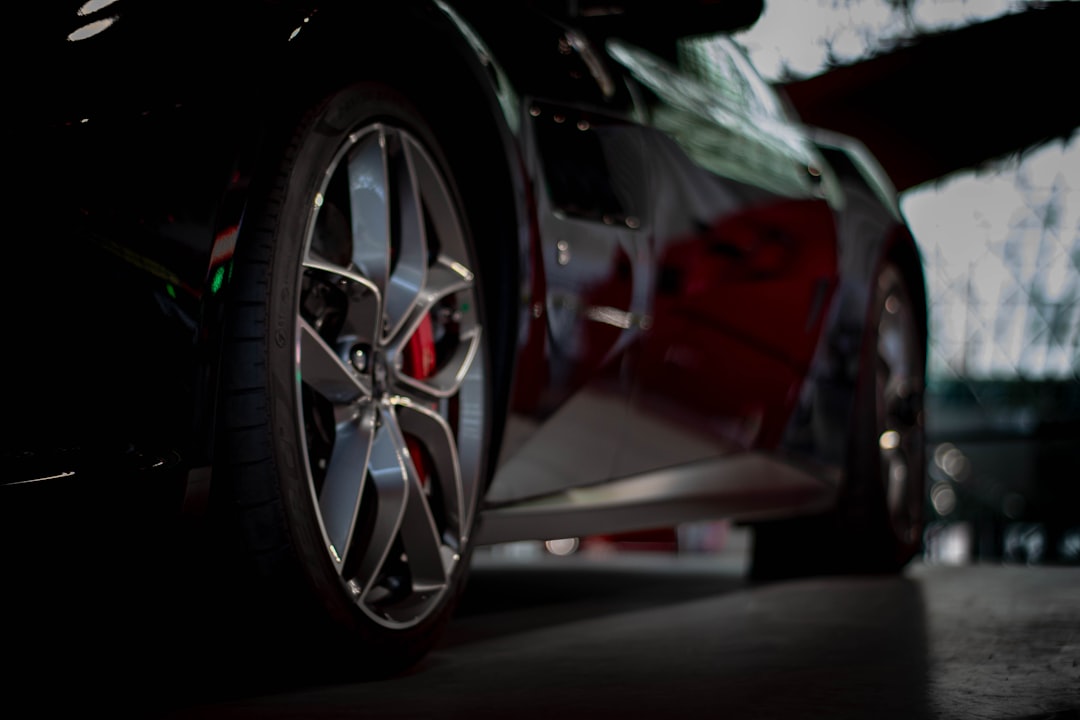Classic cars have always been a symbol of elegance, luxury, and innovation. From the sleek lines of the 1930s to the bold designs of the 1960s, these vintage vehicles have captured the hearts of car enthusiasts and collectors around the world. In this blog post, we will take a journey through the history of classic car designs and explore some of the most iconic models that have left a lasting impact on the automotive industry.
The early 1900s saw the rise of automobile design as a true art form. Car manufacturers such as Bugatti, Rolls-Royce, and Mercedes-Benz began producing vehicles that were not only functional but also incredibly stylish. The 1920s and 1930s were known for their Art Deco-inspired designs, with cars featuring sweeping curves, long hoods, and chrome accents. One of the most iconic cars of this era was the Duesenberg Model J, with its luxurious interiors and powerful engines.
As we moved into the 1940s and 1950s, car designs started to become more streamlined and futuristic. The post-war era saw the introduction of cars such as the Cadillac Series 62 and the Chevrolet Bel Air, both of which featured sleek lines and bold color choices. In Europe, manufacturers like Porsche and Ferrari were producing high-performance sports cars that became the envy of car enthusiasts worldwide.
The 1960s is often considered the golden age of car design, with iconic models such as the Ford Mustang, Chevrolet Corvette, and Aston Martin DB5 dominating the roads. These cars featured cutting-edge technology, innovative designs, and powerful engines that set them apart from the competition. The 1960s also saw the rise of car customization, with companies like Shelby American and AMG offering performance upgrades and unique styling options for enthusiasts.
The 1970s and 1980s marked a shift towards more fuel-efficient and practical designs, as manufacturers began to prioritize safety and environmental concerns. Cars like the Volkswagen Golf and BMW 3 Series became popular for their compact size and efficient engines. However, there were still plenty of classic designs to be found, such as the Lamborghini Countach and the DeLorean DMC-12.
In more recent years, classic car designs have experienced a resurgence in popularity, with vintage models commanding top dollar at auctions and car shows. Restomods, which are classic cars that have been upgraded with modern features and technology, have also become increasingly popular among collectors. Companies like Icon and Singer Vehicle Design have gained a following for their customized versions of classic models like the Ford Bronco and Porsche 911.
Today, classic car designs continue to inspire modern automotive trends, with manufacturers incorporating retro touches into their new models. Features such as round headlights, chrome accents, and bold color choices are making a comeback, as consumers look for ways to add a touch of nostalgia to their daily commute. Classic cars have truly stood the test of time, proving that good design is timeless and will always have a place in the automotive world.
In conclusion, the history of classic car designs is a rich tapestry of innovation, style, and technological advancements. From the elegant curves of the 1930s to the futuristic designs of the 1960s, these vintage vehicles have captivated audiences for decades and will continue to do so for generations to come. Whether you’re a car enthusiast or simply appreciate good design, there is no denying the impact that classic cars have had on the automotive industry.

